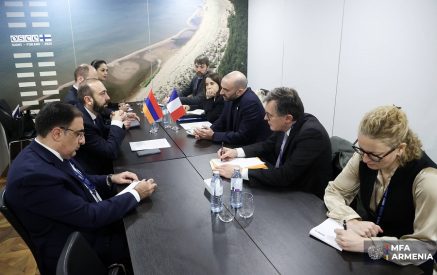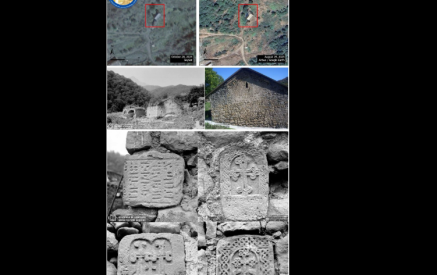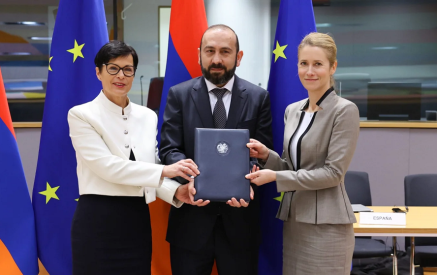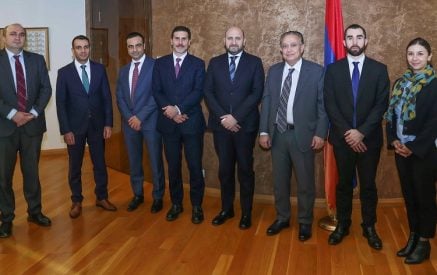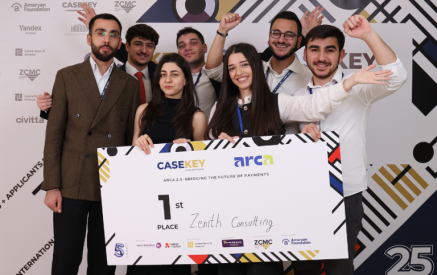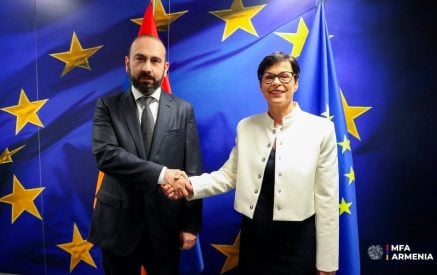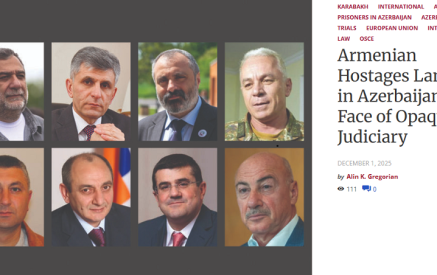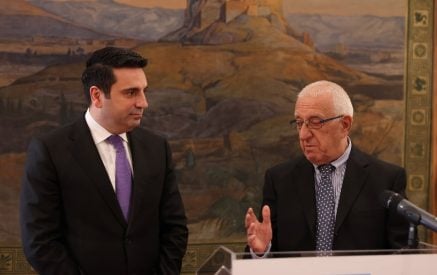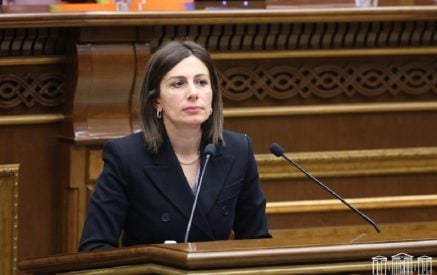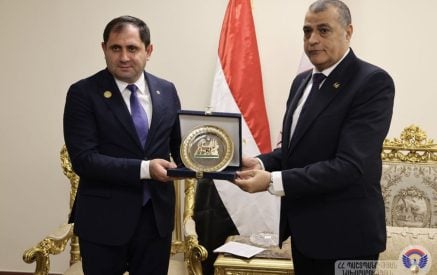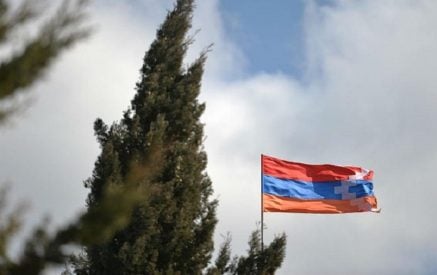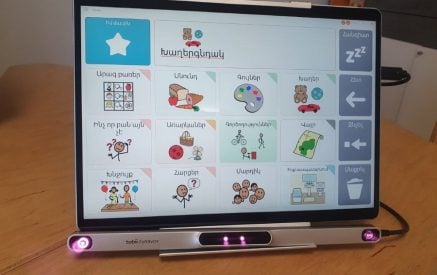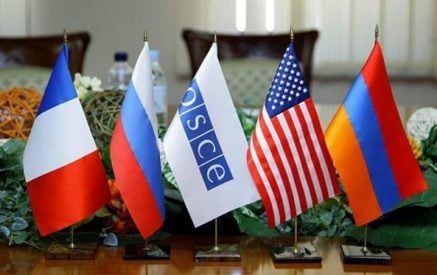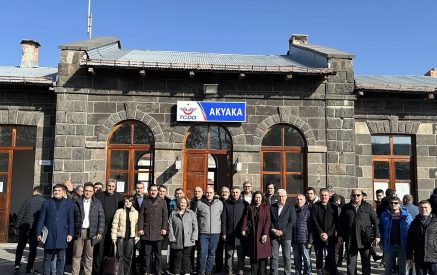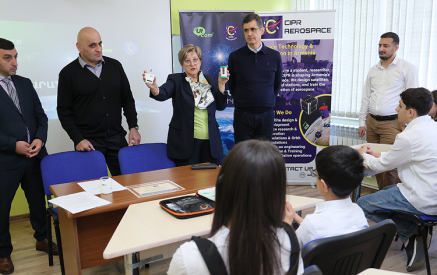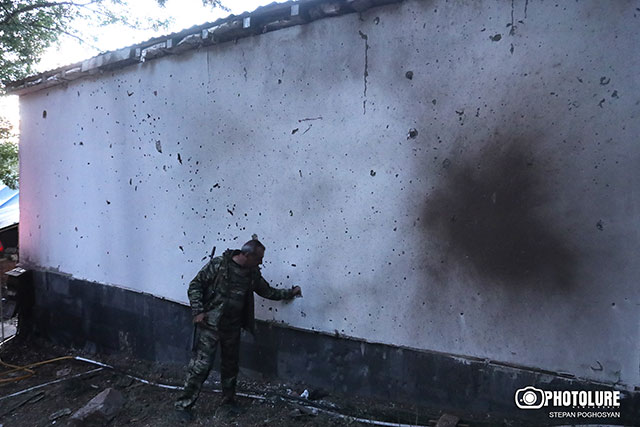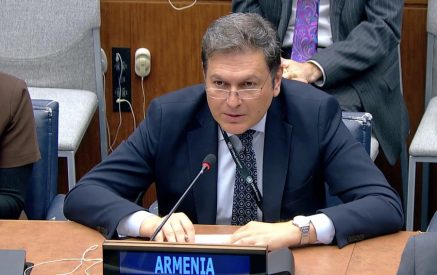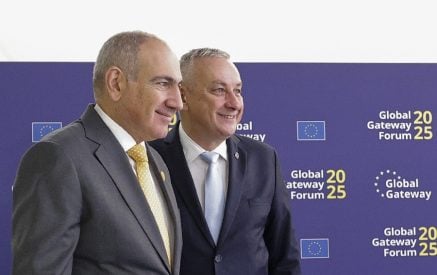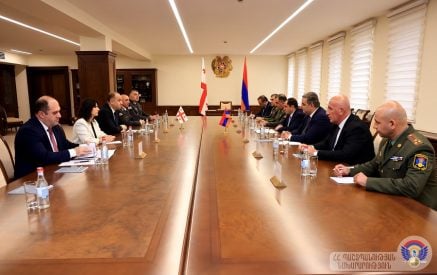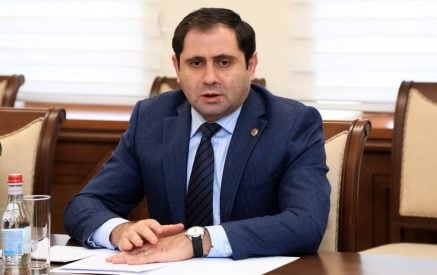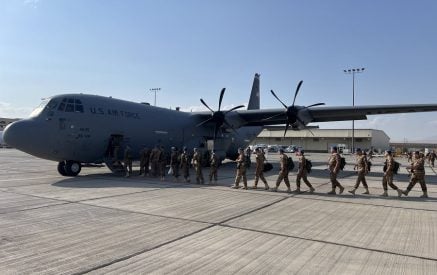By Gayane Zargaryan, Stepan Nikolayevich Godina, Arlene Schar and Dr. David Leffler
Longstanding divisive issues between Azerbaijan and Armenia resulting from or related to the Nagorno-Karabakh conflict remain unresolved despite continuing engagement to overcome tensions and achieve stability in the South Caucasus. Once again conflict has broken out along the border and a sustainable lasting peace remains elusive. Increasing tensions must be reduced to avoid further dangerous escalation which carry the risk of reigniting this decades-old conflict.
Why has it been so difficult to reduce tensions? Ultimately, the underlying cause of social violence is accumulated collective social stress. This human problem requires a human solution.
An ideal way to eliminate social problems such as war, terrorism and crime would be to directly reduce collective societal stress—promptly, effectively and efficiently.
Read also
As indicated by extensive scientific research, the best way to reduce collective societal stress, eliminate extremism and thereby snuff out war and terrorism is by adopting an ancient strategy. The ancient non-religious approach of Invincible Defense Technology (IDT), revived by the late Maharishi Mahesh Yogi, has been quietly and successfully used by members of many faiths to eliminate conflict in the past. It is now time to consider this technology for the future.
We can achieve this goal of reducing societal tensions and thereby end war and terrorism by creating Prevention Wings of the Military in both Azerbaijan and Armenia. These special units, comprised of 3% of each military, would receive training in the Transcendental Meditation (TM®) program and its advanced techniques, including the TM-Sidhi® program.
This IDT approach has been widely field-tested, including in war-torn areas such as the Middle East. Extensive published research has shown that practice of these techniques by large groups twice a day creates a measurable influence of harmony and peace throughout society: crime rates drop significantly, quality of life indicators improve, and war and terrorism abate. The large group practice appears to generate a “field effect of consciousness” that spills over into the surrounding population, generating a demonstrable influence of peace.
For example, an IDT intervention was studied in the U.S. capital in 1993. Predictions were lodged in advance with government leaders and newspapers. An independent Project Review Board approved the research protocol. Crime fell 23 percent below the predicted level when the group size reached its maximum. Temperature, weekend effects, or previous trends in the data failed to account for changes. Social Indicators Research published the results.
A new study published in Studies in Asian Social Science evaluated previous IDT empirical tests in Cambodia, India, and the Philippines (and other countries). Its results are consistent with significant reductions in crime and violence associated with group practice of the TM and TM-Sidhi program, as reported in earlier published, peer-reviewed research.
Twenty peer-reviewed studies (most are listed here) have confirmed that IDT works. Although the causal mechanism is not completely understood, other studies have shown that TM practice increases EEG coherence (see International Journal of Neuroscience). This biological effect, coupled with the deep rest the practice provides, reduces stress and tension, increases alertness, and improves wellbeing and resilience in the individual.
Journal of Social Behavior and Personality (JSBP) study offers a proposed explanation of causality of IDT in biological terms. Research conducted on the powerful neurotransmitter serotonin shows that it produces feelings of happiness, contentment, and even euphoria. Research also shows that low levels of serotonin correlate with violence, aggression, and poor emotional moods. The JSBP study showed that higher numbers of IDT practitioners in the experimental group were correlated with an increase in serotonin production among other members of the community. These statistically significant changes followed the periods of higher attendance and offer a plausible neurophysiologic mechanism to explain reduced aggression and hostility in society at large.
IDT has also been documented globally in a study published in the Journal of Offender Rehabilitation using data provided by the Rand Corporation. During the years 1983-1985, when the size of large IDT assemblies exceeded the threshold predicted to result in a measurable global effect, deaths due to worldwide terrorism decreased 72%, international conflict decreased 32%, and violence was reduced in other nations without intrusion by other governments.
The Azerbaijan and Armenia militaries are responsible for protecting their respective countries. They are obligated to thoroughly examine realistic, scientifically validated methods for ending war and terrorism. Also, Post-Traumatic Stress Disorder (PTSD) has been prevalent among warriors in both countries, as well as among others from the recent border unrest. A study in The Lancet concludes that as “A non-trauma-focused-therapy, TM, might be a viable option for decreasing the severity of PTSD symptoms in veterans and represents an efficacious alternative for veterans who prefer not to receive or who do not respond to traditional exposure-based treatments of PTSD.”
Military members are paid to perform their duties and protect their nation. Since they are funded for this purpose, we feel it is their duty to build IDT Prevention Wings of the Military.
We urge both militaries to quickly deploy the IDT approach to stabilize the precarious situation both countries face. Azerbaijan and Armenia could each create their own IDT Military Prevention Wing. Or, in the interest of peaceful cooperation, both countries’ militaries could quickly create a large combined Prevention Wing composed of equal members from both militaries.
Members of the combined IDT Prevention Wing could spend half their time stationed in each other’s country. This would further promote friendship and cooperation between the two dangerously estranged nations.
Ideally, 15,000 advanced meditators practicing IDT technologies together twice a day in synchrony would be more than enough to create a global coherence effect, kickstarting a phase transition which would ultimately lead to lasting world peace for all countries. Once this transition takes place, both Azerbaijan and Armenia would be known worldwide not only for creating lasting peace with each other but also for their role in preventing escalating global conflict and likely saving our endangered planet from extinction.
About the Authors:
Gayane Zargaryan is a certified teacher of TM. She teaches at the “Maharishi Vedic Center” educational foundation in Armenia. She hopes permanent peace will be established soon in Armenia through teaching TM. https://armenia.tm.org tel. +37498123381; [email protected]
Stepan Nikolayevich Godina was born in Ganja, Azerbaijan, graduated from school #4, and served in the Soviet Army 1989 – 1991. He is affiliated with the TM Center located in Baku, Azerbaijan tel. +994505331629 https://www.facebook.com/MeditationBaku
Arlene J. Schar has been serving as Executive Assistant to Dr. David Leffler since 2015. She is now Director of Communications at the Center for Advanced Military Science (CAMS)
Dr. David Leffler has served as an Associate of the Proteus Management Group at the Center for Strategic Leadership, US Army War College. Currently, he serves as the Executive Director at CAMS. https://www.CenterForAdvancedMilitaryScience.org


